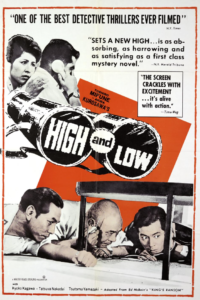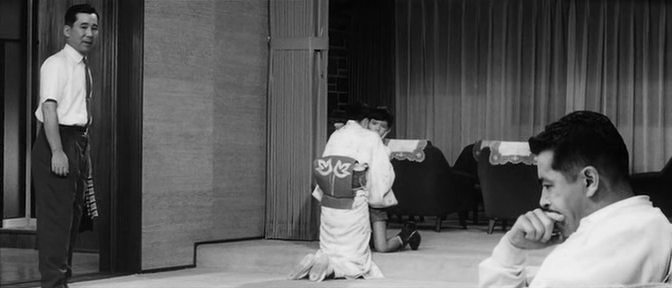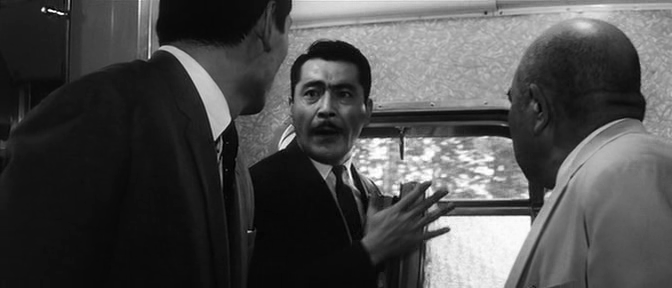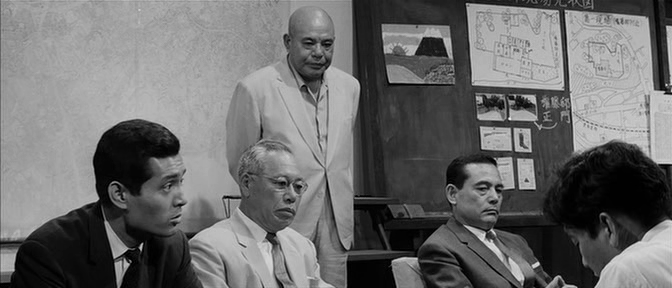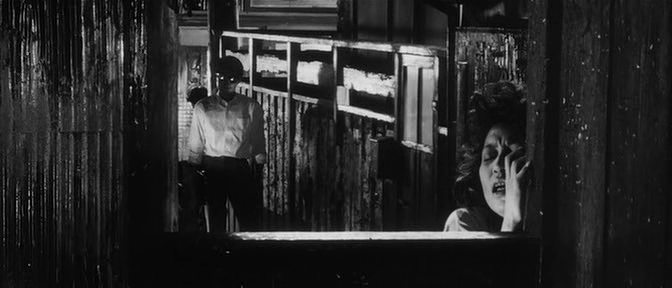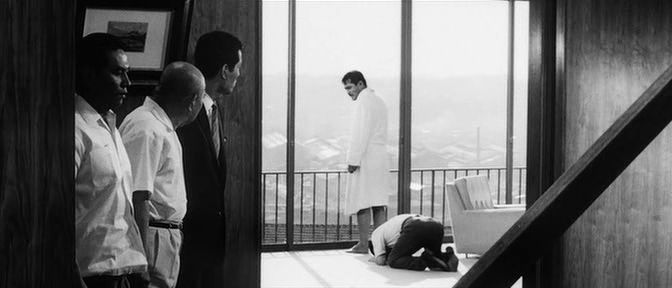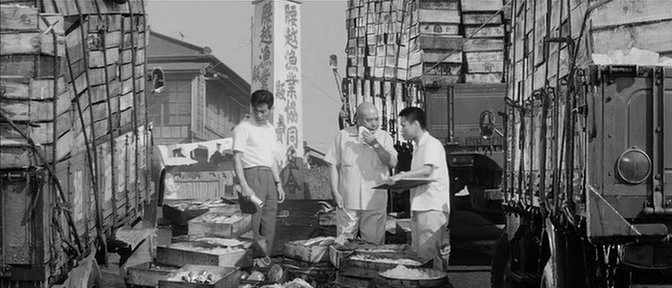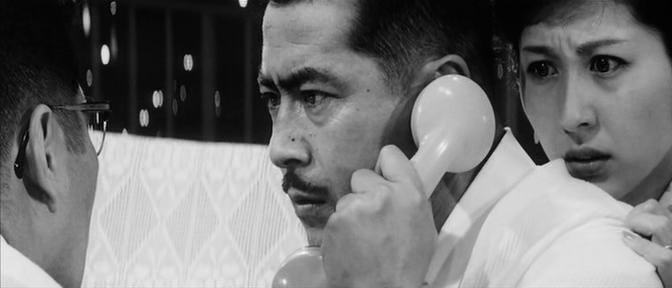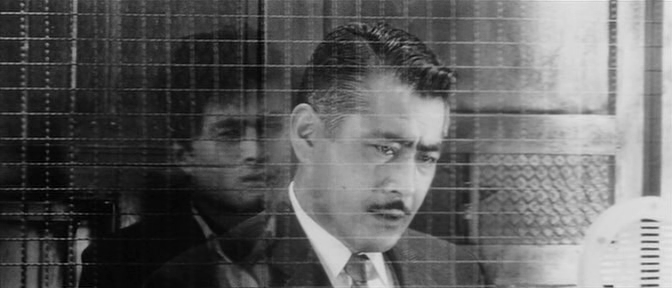High and Low (1963)
“You’re a fool to pay, but pay you must.”
|
Synopsis: |
|
Genres, Themes, Actors, and Directors:
Review: … and then clarifying with his wife (Kyōko Kagawa) and assistant (Tatsuya Mihashi) that he plans to leverage every bit of his assets in order to buy out the company for creative control. After this set-up, the storyline shifts to the trauma of Shimizu being kidnapped, and the ethical dilemma Mifune is instantly faced with, despite immense relief at his own son being safe. Thankfully, we’re not left too long with this discomfort, given that … SPOILER ALERT … he makes the only morally viable choice (to pay for his chauffeur’s son to be returned), thus leading to an excitingly filmed sequence (shot in real time) taking place on a moving train, where the exchange takes place. This all occurs within the first third of the story, which then shifts to a search to determine who the kidnapper is — and, during this portion, we see the tremendous efforts put forth by the (unrealistically) highly organized and committed police force of Yokohama, who systematically and effectively follow one lead after another, culminating in successful identification. The final portion of the film shows what happens as the police home in on Yamazaki — clearly a deeply disturbed individual who thinks nothing of killing innocent people on behalf of his grudge towards those with more assets and possibilities (i.e., Mifune and his ilk). There are quite a few ways in which this film — loosely based on an Ed McBain novel, and co-scripted by Kurosawa and three others — effectively explores the central theme of “high and low” (the Japanese title more accurately translates to “Heaven and Hell”). Physically, Mifune’s family is targeted specifically because of the highly visible location of his luxurious home: … which literally stands in stark contrast with the working class, at times seedy environs where Yamazaki lives and works. However, two more dominant explorations of this theme also emerge: first between high-privilege Mifune and his lower-class chauffeur (Sada), as we see the extreme disparities in options available to each of them: … and second, between Mifune and his lackey-associate (Mihashi), whose loyalties vacillate with the changing tides of fortune, while Mifune simply becomes more entrenched in his understanding that acting morally is of primary importance above all else. Effective use is made of location shooting through Yokohama: … and, despite its 142 minute running time, the film holds our attention throughout. This remains one of Kurosawa’s most gripping films, and is well worth a look. Notable Performances, Qualities, and Moments: Must See? Categories
Links: |
